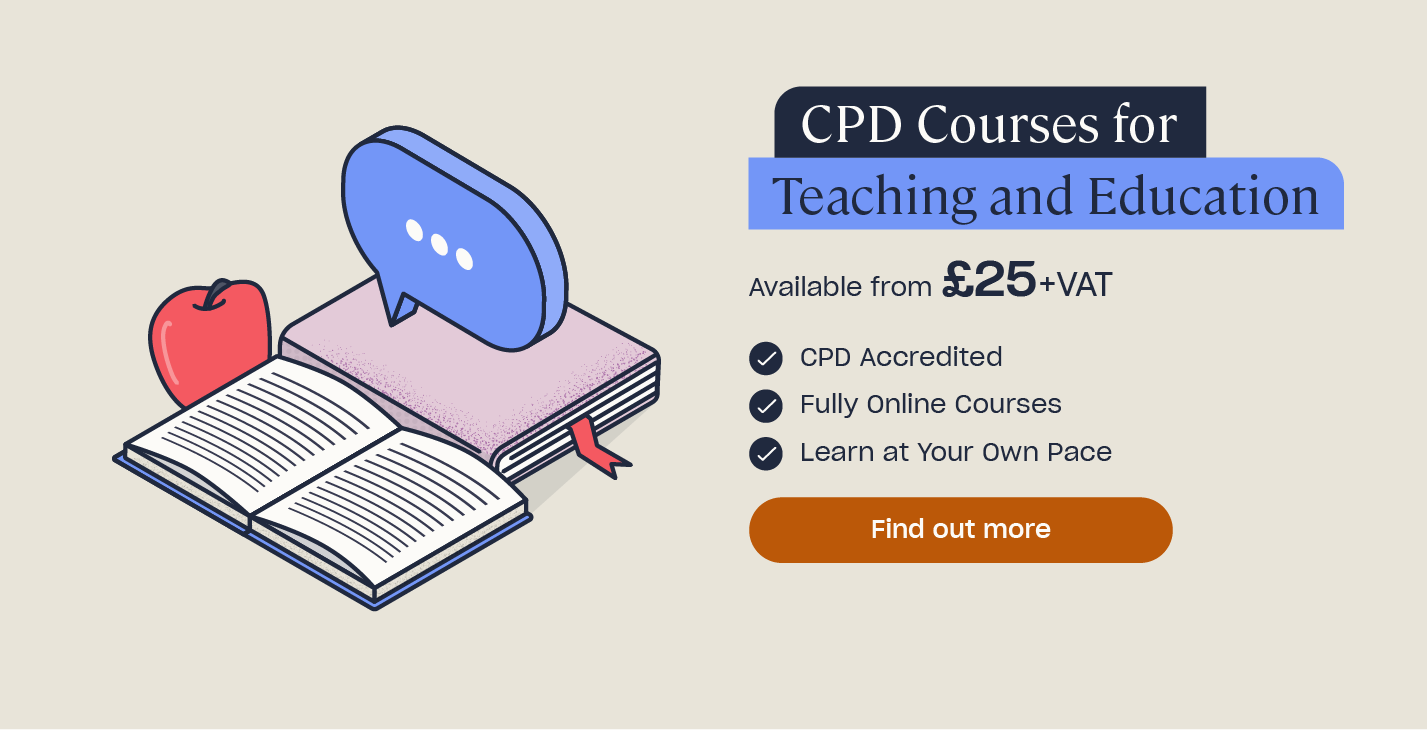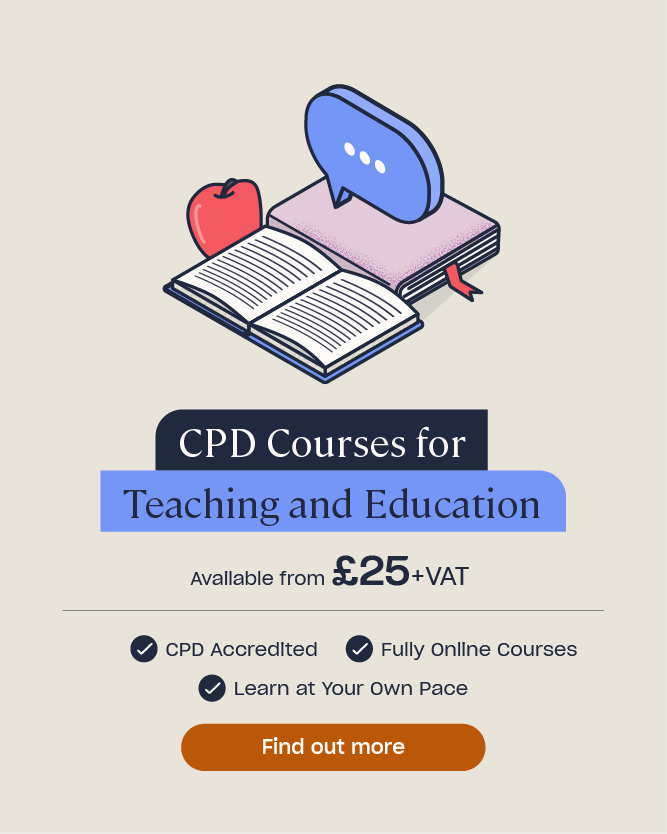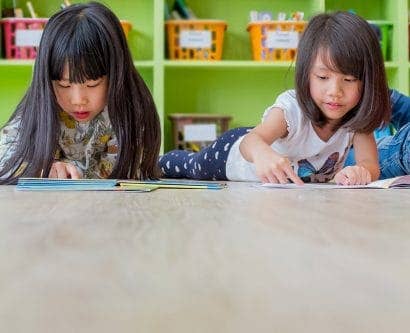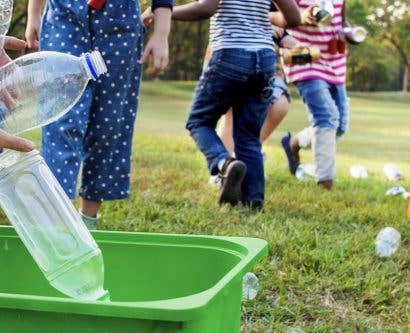What is Kinaesthetic Learning?
All students learn in different ways, whether it’s by reading books, listening to lectures or taking part in hands-on activities. For kinaesthetic learners, it’s the latter that plays a vital role in knowledge retention, and physical tasks are an important part of their learning journey. In this article, we’ll look at what is meant by kinaesthetic learning, explain some of the characteristics and benefits of kinaesthetic learning, and give you some examples of how you can adopt kinaesthetic learning strategies in the classroom to get the most out of your students.
What is Kinaesthetic Learning?
Kinesthetic learning is a learning style whereby a student acquires information best by doing hands-on, tactile, physical activities.
We all have our own preferred style of learning that, when followed, helps us to retain information in the best way for us. Sometimes people refer to the VARK model of learning styles to divide people into groups – visual, auditory, reading and kinaesthetic learners.
For kinaesthetic learners, movement, touch and real life experiences are an essential part of the engagement, learning and knowledge retention process. These students need to be actively involved in their education in order to engage with their learning materials. For kinaesthetic learners, passively reading, writing or listening is not enough to commit the curriculum to memory.
As a teacher, you can help kinaesthetic learners to reach their potential by adapting your teaching methods accordingly and adopting some kinaesthetic learning strategies, as detailed later in this article.
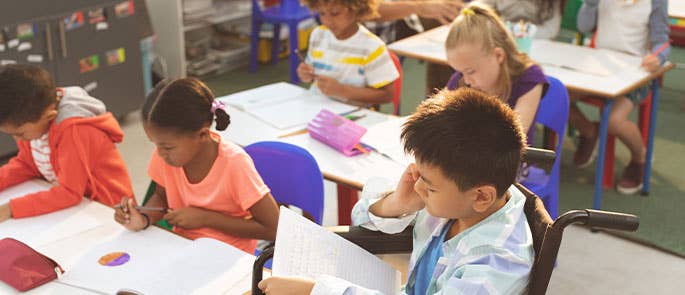
Characteristics of Kinaesthetic Learners
Kinaesthetic students can often be identified by the following characteristics:
- A preference for hands-on activities and experiments.
- Enjoyment of PE, sport, drama and other activities that involve movement.
- Fidgeting and moving about in the classroom.
- Often getting bored and restless sitting at a desk.
- Active participation in group activities.
- Expressive hand movements and facial expressions when talking.
- Enjoyment of doing and watching demonstrations.
- A love of arts, crafts and lessons that involve making and creating.
- Excitement about going outside the classroom for lessons.
- Eagerness to try new things and experiences.
Benefits of Kinaesthetic Learning
There are many benefits of kinaesthetic learning and using kinaesthetic learning strategies in the classroom. Even students who do not prefer this way of learning will benefit from the active participation in lessons and should be encouraged to join in with hands-on, physical activities and tasks. Active learning is an important part of education for all students.
10 benefits of using kinaesthetic learning methods are:
- Students are more engaged with lessons.
- Knowledge retention is increased.
- It encourages collaboration between students.
- Problem-solving skills are improved through hands-on experiments.
- Cognitive development is enhanced, as physical activity stimulates the mind and body.
- Social skills are improved as students interact and work together.
- Students become more confident by practicing new things.
- It prompts creative and critical thinking to look at tasks from a different perspective.
- It can make it easier to manage the challenging behaviour of restless students.
- It supports inclusive practice in teaching.
Kinaesthetic Learning Examples and Kinaesthetic Learning Strategies
As a teacher or education professional, you can easily incorporate kinaesthetic learning strategies into your lessons by giving students the opportunity to take part in hands-on experiences. Ideally, all lessons should involve some sort of practical task, movement or experiment alongside traditional, theoretical learning.
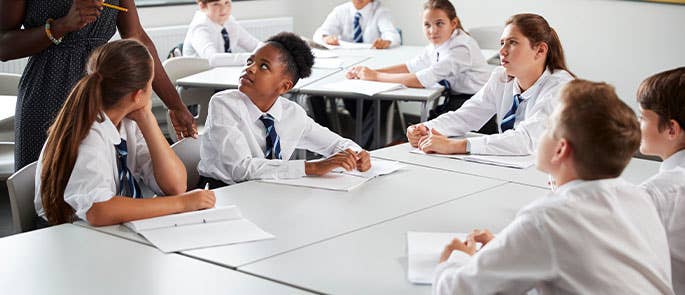
Below are some examples of how teachers can incorporate kinaesthetic learning into their teaching:
Experience-Based Learning
- Prioritise learning through doing, rather than watching, reading or listening.
- Get students to build models or carry out science experiments to explore ideas and problem-solve.
- Use physical items to support the development of new skills, whether it’s sports equipment, flashcards or science equipment.
- Give students objects on their desks to hold, feel and explore that are related to the topic.
Games and Role-Playing
- Use role-play to help students understand historical events, classroom scenarios or real-life events.
- Turn lessons into games to boost motivation and participation, such as spelling bees, maths tournaments or team quizzes.
- Make use of educational apps and online games to add an interactive element to learning.
- If practical activities aren’t possible, use interactive animations in your teaching materials to maintain engagement.
Movement-Based Learning
- Encourage movement during lessons by allowing students to walk around to work with other students or review materials.
- Give students physical responsibilities, like handing out pens, worksheets and resources, to keep them physically engaged.
- Include ‘stretch breaks’ or ‘brain breaks’ into your lessons to help students refocus and release energy.
- Take your lessons outside and involve physical movement and the environment around you into your lesson plan.
- Incorporate sign language or Makaton into lessons to support communication through movement.
Tactile and Creative Projects
- Incorporate tactile craft materials like pipe cleaners, pompoms or clay into lessons and model something from a story or build a set for drama lessons.
- Make creativity part of every lesson and include sketching, colouring, crafting or building projects related to the topic.
- Encourage group projects where everyone needs to participate and work together, such as performing plays, making a cardboard box sculpture or playing a game.
Supporting Kinaesthetic Learners with Special Educational Needs
For students with Special Educational Needs and Disabilities (SEND), incorporating kinaesthetic learning into your lessons can be particularly effective. These students often need active participation and stimulation of the senses in order to remain engaged and stay focused, so kinaesthetic learning and creative activities can be a great way to support your SEND students.
Benefits of kinaesthetic learning for students with SEND include:
- Increased lesson engagement.
- Increased motivation.
- Better information retention and recall.
- Increased independence.
- Better development of motor skills.
- Enhanced sensory processing.
- Reduced stress and anxiety.
Want to Learn More?
If you teach children with SEND at your school, then our online Special Educational Needs and Disabilities (SEND) in the Classroom training course will help you understand more about how to support these children to fulfill their potential and get the most out of their educational experience.
Kinaesthetic learning is a hands-on learning style where students retain information best through physical activity and real-life experiences. Kinaesthetic learning strategies can benefit all students in the classroom, particularly those with SEND, and will help to boost engagement, collaboration and problem-solving skills, plus encourage participation from everyone. As a teacher, you can support kinaesthetic learners by incorporating role-play, experiments and creative projects into lessons.
Further Resources:
- CPD Courses for Teaching and Education
- 8 Teaching Methods to Use in the Classroom
- What is Adaptive Teaching?
- What is Active Learning?
- What is Ability Grouping in Education?
- What is Mixed Ability Grouping in Education
- How to Teach with Confidence


